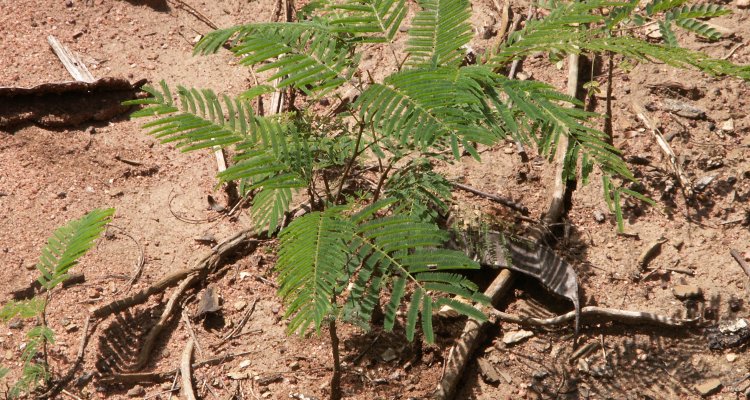
News
Dry tropical forest legumes are important for secondary forest regrowth
Legumes dominate young forests that regrow on abandoned agricultural fields in the dry but not in the wet tropics in Latin America. Their success in dry forests is not only because of their capacity to fix nitrogen, but also because of their high drought adaptation capacity, an international research team with leading contributions by the University of Minnesota and Wageningen University & Research concludes in Nature Ecology & Evolution of this week.
“Especially their drought tolerance is remarkable,” says Maga Gei, first author and postdoc at the University of Minnesota, and part of the 2ndFOR research network that studies regrowing tropical forests. “That they fix nitrogen we knew already but that their leaf characteristics enhance drought tolerance and water use efficiency sheds new light on their high abundance in dry systems, and especially in early-successional forests in the dry tropics”.
Successful through small pinnate leaves
The international team analysed data from 1200 inventory plots in regrowing tropical forests in 42 sites from Brazil to Mexico. The sites spanned a rainfall gradient from 750 mm rainfall and a 7-month dry season, to 4000 mm rainfall and wet throughout the year. They found that especially at the dry end of the gradient nitrogen-fixing legumes are extremely successful, not in the least because of their small and (bi)pinnate leaves that reduce the heat load and water use. Lourens Poorter of Wageningen University & Research explains: “Legumes are famous for their nitrogen fixation capacity, but here we introduce another, maybe even more important, mechanism for their success in dry systems. This is really exciting and of high importance in the light of the increasing drought frequency in many tropical areas.”
Forest restoration
These new findings have clear consequences for restoration. Second author Danaë Rozendaal of Wageningen: “Nitrogen-fixing legumes are very successful in regrowing forests, especially in dry systems and may be the preferred trees in restoration activities, be it through active planting or through active protection.”
Regrowing tropical forests
The 2ndFOR research network studies regrowing tropical forests and is coordinated at the Forest Ecology and Forest Management group, Wageningen University & Research. 2ndFOR is extremely successful in bringing the importance of secondary forests, newly regrowing forest after agricultural use has stopped, to the foreground. These forests are increasingly dominant in the tropics and play a crucial role in carbon sequestration, biodiversity conservation and landscape restoration.